|
Foundation Paper Piecing
is my favorite quilting technique. And as the name says, paper is one of the main foundation piecing supplies. Foundation paper piecing is used to create very accurate stitches and lines on a design, and I loooove accuracy, I’m a Virgo after all. But for me, it is also a great method to sew a stunning quilt block in a fairly short amount of time. You get amazing results without having to sew up an entire quilt. Whether you want to make some last minute gifts, some remarkable pillowcase or table runner for your home, this quilting technique is fun and easy. If you're new to this technique it can feel daunting, but don't despair, I wrote a great tutorial on how to master paper piecing in no time. When I first tried foundation paper piecing, I did not know a thing, and I mean really NOT a thing. I had an older quilting book, and decided to make one of the quilt blocks. I hadn't heard about foundation paper piecing before nor what it was about, or what supplies are needed. The pattern asked for paper, but did not specify what kind of paper, so I just used whatever paper I had at hand. As I worked my way through the FPP world I have worked with all sorts of papers and here’s what I think: Your choice of paper for foundation paper piecing depends on: a) cost b) scale of your project c) ease of use d) whether you like to work with a fabric glue pen or not. I also talk about paper for foundation piecing in my new book 'Adorable Animal Quilting'. Regular printer paper:
At the moment, this is my choice of paper. It’s easy to use and cost effective;
This is especially important since I am doing A LOT OF paper piecing. I can print any pattern right from my computer. And it is still thin enough to not be a headache when removing. Personal tips for the use of regular printer paper: > use regular printing paper in combination with a fabric glue pen. A fabric glue pen will be your life saver and you will never want to work without one again. > after you have joined two segments, remove the paper only from the seam allowance before pressing, that way you get nice flat seams (use a Tailor's clapper for extra flat seams) Freezer Paper:
Freezer paper works great with foundation piecing. It is easy, because you can just iron the fabric onto the paper and nothing slides off or moves, and obviously you don’t need a fabric glue pen.
It can become costly when you paper piece a lot. However, it’s a little bit thicker than regular printing paper and can get pretty bulky, especially when small pieces are involved. Because of its thickness, it’s not as easy to remove afterward. Personal tips for the use of freezer paper: > use freezer paper for blocks with large fabric areas, the possiblility of ironing on the fabric is absolutly wonderful for bigger fabric pieces. > again, definitely remove the paper from the seam allowance after joining two segments before pressing the segments. This assures that you get flat seams. (use a Tailor's clapper for extra flat seams) Foundation paper:
It’s wonderfully thin and perfect for tracing. It can also be used in your printer.
Another advantage is, that it’s very easy to remove when finished. However, it can become quite costly if you do a lot of paper piecing. And it tends to curl if ironed on. Personal tip for the use of foundation paper: > use it for blocks with tiny pieces in combination with a fabric glue pen. I personally like a little more structure and firmness in my blocks when sewing them, but if you prefer softness, this is the paper for you. > do not iron too much as it tends to curl up with heat, just very quickly and then use a Tailor's clapper or another heavy object to flatten the seams. It’s probably best to experiment with different papers, to find out which ones you like best, so what better way to do this, than with a free foundation paper piecing pattern. Happy testing ! Let me know what you think.
2 Comments
Did this happen to you before? A stunning and cute quilt block catches your attention, you read the description, and it says it's paper pieced, so you're like...... OH NO, I cant do that! But I can assure you ( Obama style ) YES YOU CAN! I've been there, and trust me confusion took over me and I thought to myself : What do they mean, it's done on the reverse side? And how do I place the paper? And why this and what that? BUT first things first: You want to master paper piecing once and for all? You dont want to miss out on all those stunning quilt blocks that are paper pieced? Then read this blog post slowly, with you pattern at hand. You can also download this free pattern here to start practicing. Or if you like this star pattern , then grab it here. First and foremost, take your time to practice now and you'll be good to go for ever. 1. The pattern the pattern usually consists of a numbered overview, with letters and numbers on it. a colored overview ( so you have some inspiration) a blank overview ( this is for you to color yourself) and your pattern segments, again lettered and numbered, Each segment features only one letter, but has several numbers, this is the sequence of your sewing. Think of your pattern as a puzzle, each segment is one piece of your puzzle. 2. A few simple tips: Place the numbered overview in front of you. Cut out the pattern segments, along the dotted lines ( this is the seam allowance). Place the segments beside your pattern acording to the numbered overview. This is pretty obvious with the star pattern, but it becomes really important and comes in super handy with more complex patterns. 3. Reverse side or mirrored image: As I mentioned before, foundation paper piecing is done on the reverse side of your paper. This means your pattern is your sewing aid only. Not as with 'normal' patterns, where you cut the fabric according to the pattern. I think this is the most important part about paper piecing, and can't be emphasised enough. NOTE: The paper is just your sewing aid . The paper is your base where you sew on, the lines of the pattern are your sewing lines. The block will emerge on the unprinted side of the pattern. And will therefore be a mirrored image of the numbered overview. > numbered overview > finished block 4. Sart sewing It doesn't matter which segment you sew first, you want to sew them all anyways, so start wherever you want. I will start with segment A here, just because I like starting from the right today :-) > set your sewing machine to 1.5 stitches /cm or 16-18 stitches/inch this will make sure the stitces perforate the paper nicely, but are not too close, so they don’t rip the paper. This will also make it easyer to remove the paper after you finish sewing your block. > Turn the first segment over so the wrong side (unprinted side) is facing you. Place the piece of fabric for section 1 right side up, onto the paper, making sure there’s ¼ to ½ inch of fabric around the perimeter of section 1. Be generous in the beginning; once you are familiar with foundation paper piecing, you can cut your fabrics a bit smaller. > Pin or glue this fabric in place. I prefer fabric glue. Everything stays nicely in place. > Turn the pattern segment over so the printed side is facing you. Fold the pattern on the line between section 1 and 2. ( I do this using a postcard, this gives you a nice straight and crisp fold) > Trim fabric 1 to a ¼” seam allowance using an acrylic ruler and rotary cutter. There is a specilty ruler for this, it's called ADD-A-Quarter-Ruler , which has a 1/4" lip and gives you a perfect 1/4" seam allowance. But any other ruler will work just as fine. 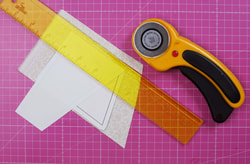 > Choose the fabric for section 2 the same way you did for section 1, making sure the fabric covers the whole of section 2 and aprox ¼ - ½ ” around the perimeter of section 2. > Place fabric for section 2, right sides together with fabric 1. Aligning the raw edges of the two fabrics along the fold between section1 and 2. > Now, stitch along the fold between sections 1 and 2, right on the line. The more precisely you sew, the easier it will be to align your segments! If the line that’s being sewn starts or finishes at the ¼-inch seam allowance, extend that line right through the seam allowance by sewing all the way through it! > Flip open fabric 2 so the right sides of the fabrics are showing and press with a hot iron (no steam, as this can distort your fabric and paper ). Now you choose the fabric for section 3 the same way you did for the other two. Folding now the pattern at the line between section 2 and 3 and so on. You then sew each section the same way. Adding the fabrics in numerical order, as they appear on each segment. > When you're done sewing the segments, cut excess fabric along the dotted line. > Place the trimmed segments as they are on the numbered overview. This just makes your life so much easier when sewing the segments together. > Now sew the segments together according to the assembly instructions in the pattern. > After sewing two segments together, remove the paper only from the seam allowance and press the seams open with hot iron (no steam) as flat as possible. (This is where the tailors clapper comes in very handy , see blog post about clapper here. ) This helps reduce bulk, especially when there are several layers of fabric. It also helps keep your overall size accurate. before tailors clapper after tailors clapper > After piecing all the segments, remove the remaining paper and use the iron to press your finished block. And that's it .................. ALL DONE.
You can also watch a tutorial video here. What do you think? Doable, right? You will be a paper piecing STAR in no time. |
Author
Ingrid Alteneder Archive
March 2022
Categories
All
|
-
Shop
- New patterns
- All Patterns
- Appliqué Patterns
- Animals
- Baby
- Ballet
- Bear Cottage
- Beach/ Boats/ Nautical
- Buddha/ Mindfulness
- Chinese New Year
- Christmas
- Easter and Spring
- Fairytale
- Fall/ Autumn
- Flowers, Trees and Plants
- Food/ Drinks
- Halloween
- Oktoberfest
- Quilted items
- Stars
- Viva la Frida/ Dia de los Muertos
- Valentine's Day
- Village Patterns
- Mixed pattern
- Home
- About
- Blog
- Publications
- Etsy
- News
- Deutsch
-
Shop
- New patterns
- All Patterns
- Appliqué Patterns
- Animals
- Baby
- Ballet
- Bear Cottage
- Beach/ Boats/ Nautical
- Buddha/ Mindfulness
- Chinese New Year
- Christmas
- Easter and Spring
- Fairytale
- Fall/ Autumn
- Flowers, Trees and Plants
- Food/ Drinks
- Halloween
- Oktoberfest
- Quilted items
- Stars
- Viva la Frida/ Dia de los Muertos
- Valentine's Day
- Village Patterns
- Mixed pattern
- Home
- About
- Blog
- Publications
- Etsy
- News
- Deutsch
|
Visit us at
|
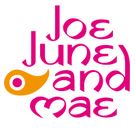
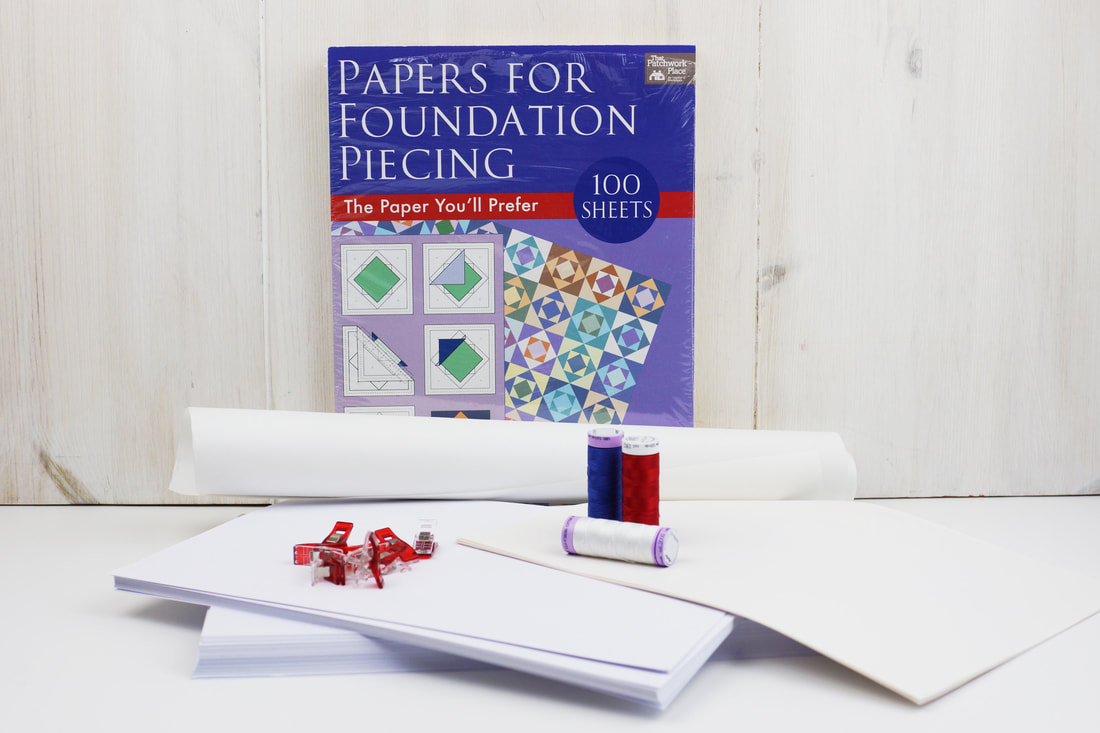
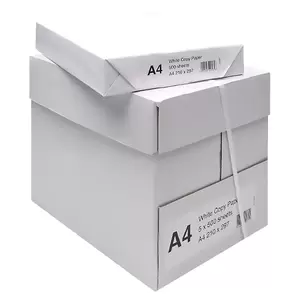
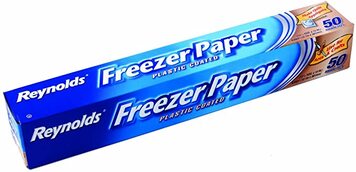
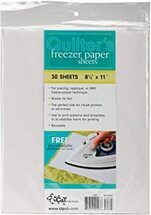
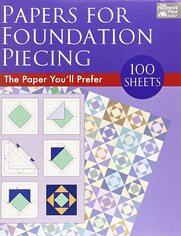
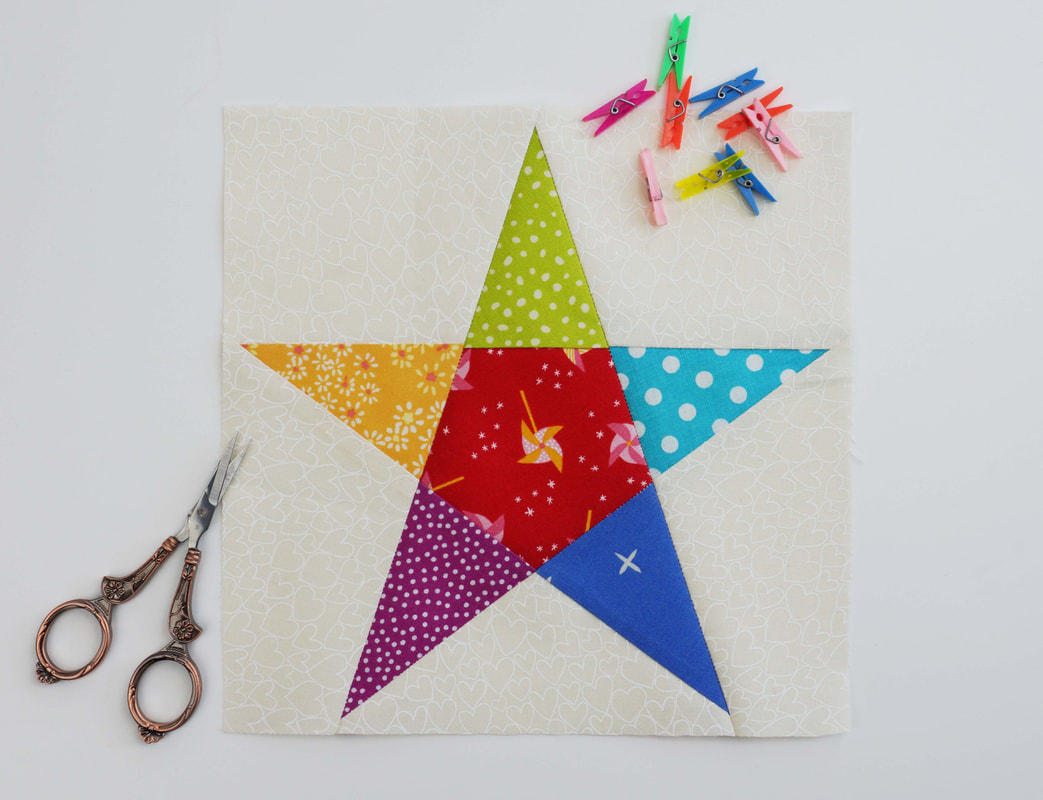
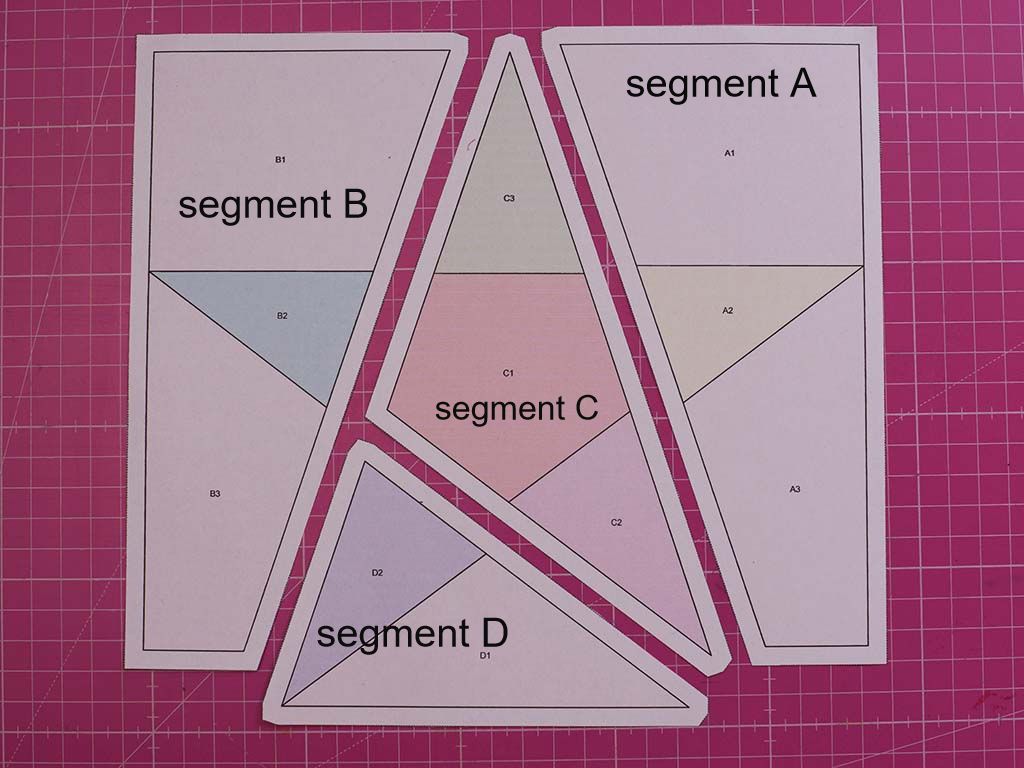
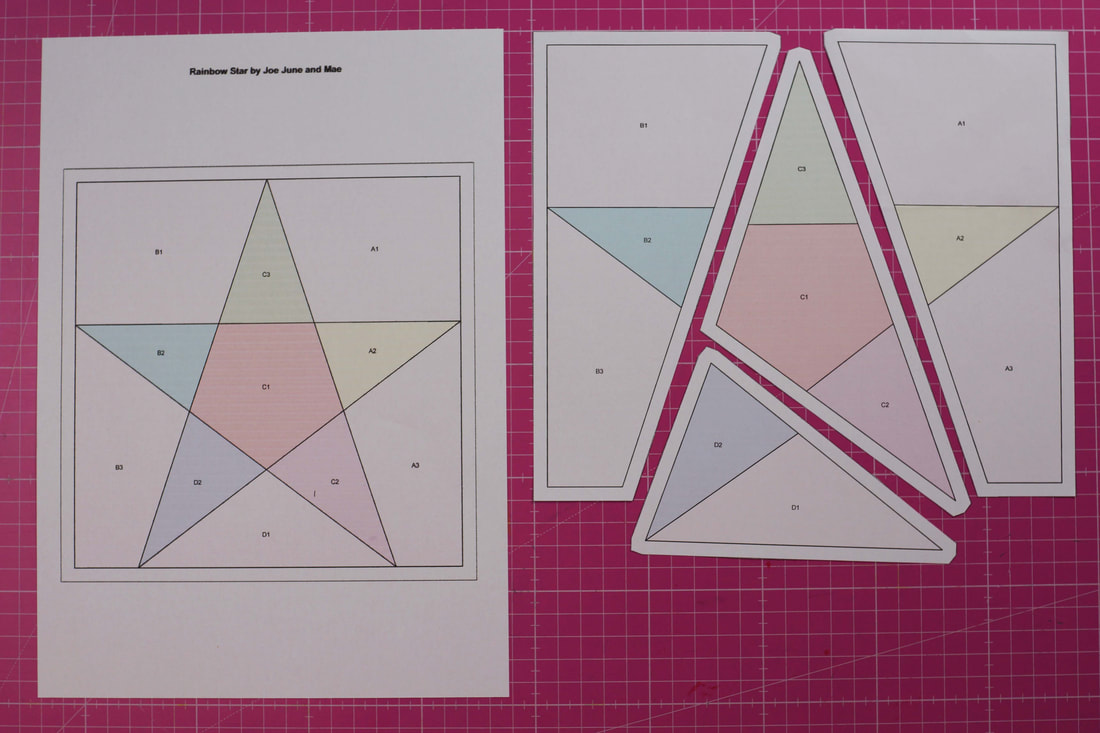
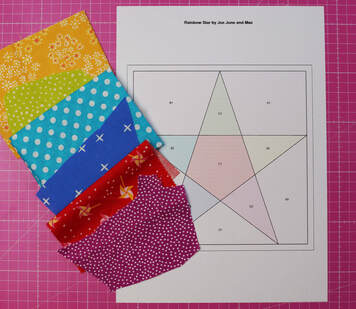
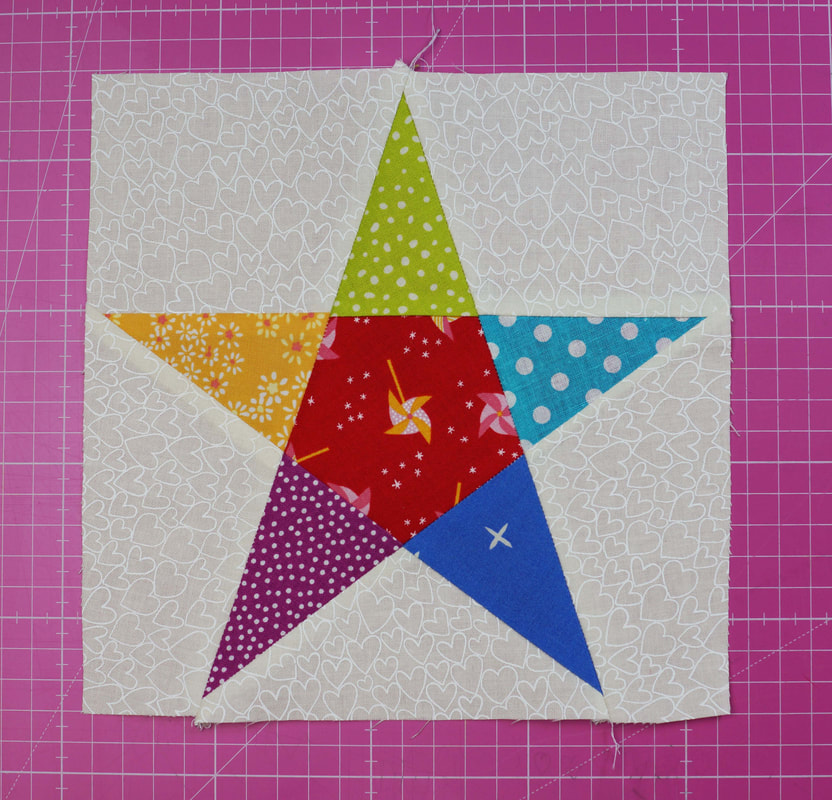
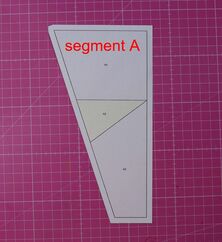
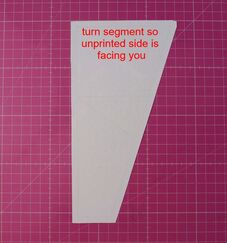
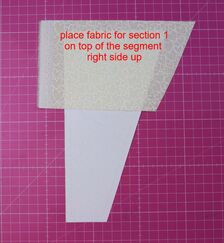
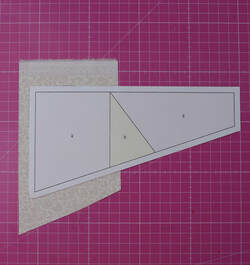
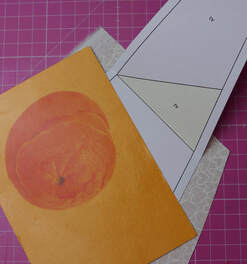
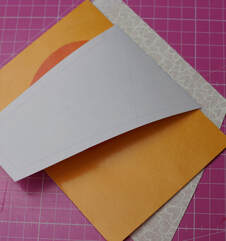
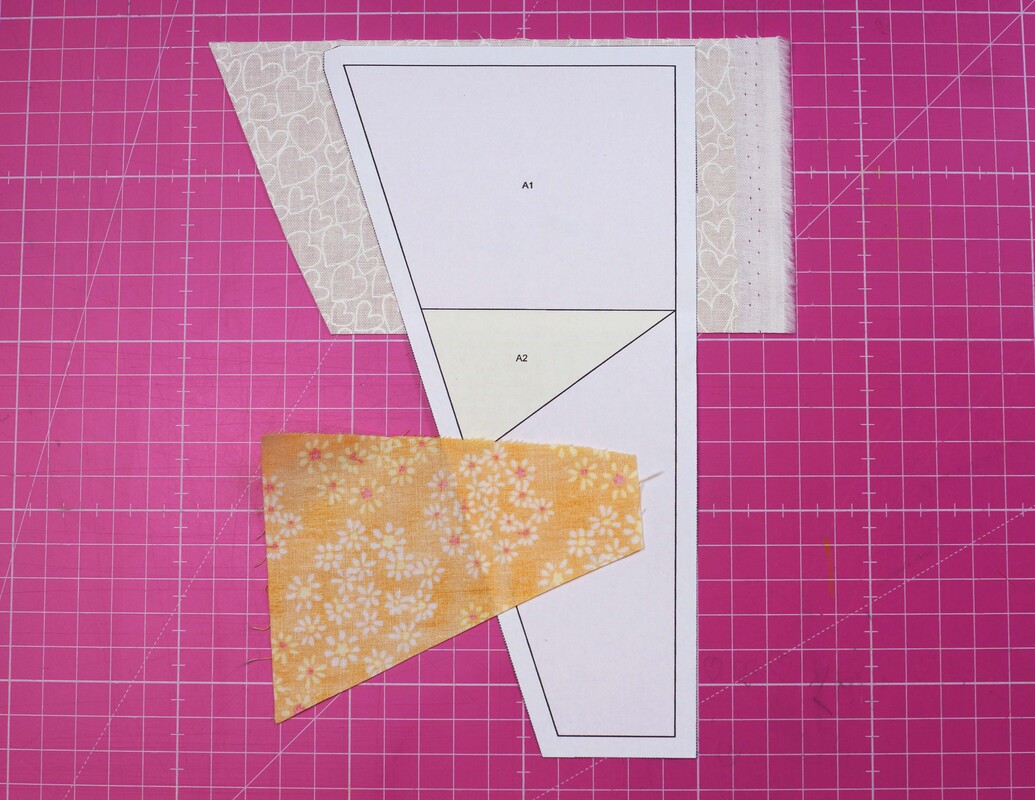
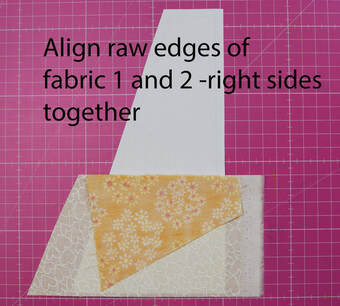
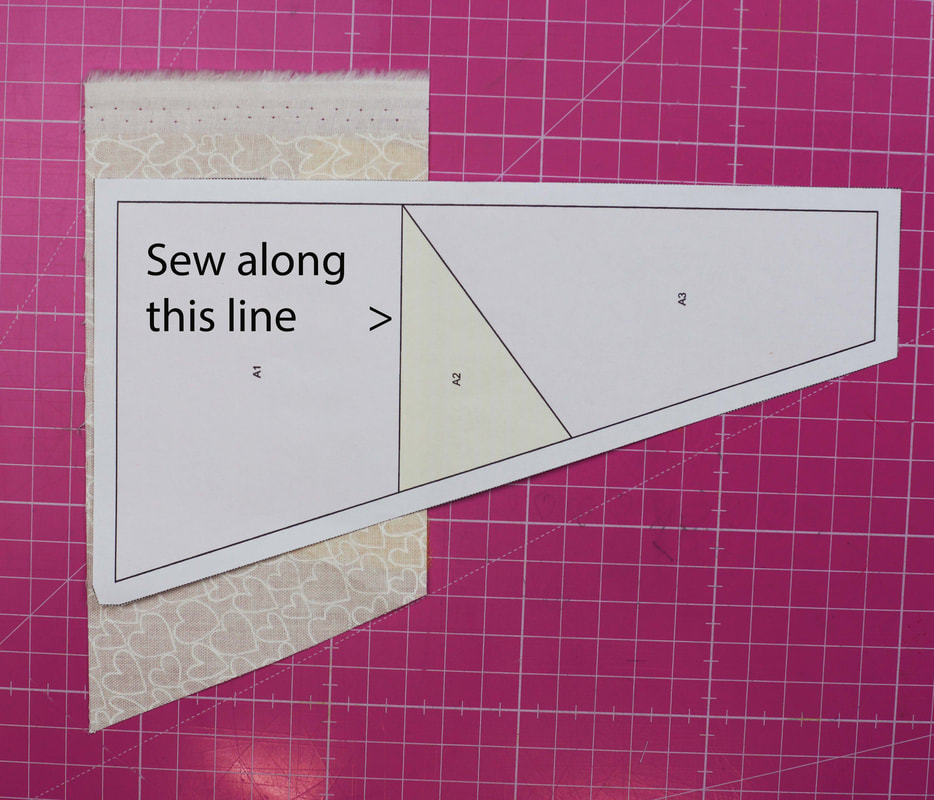
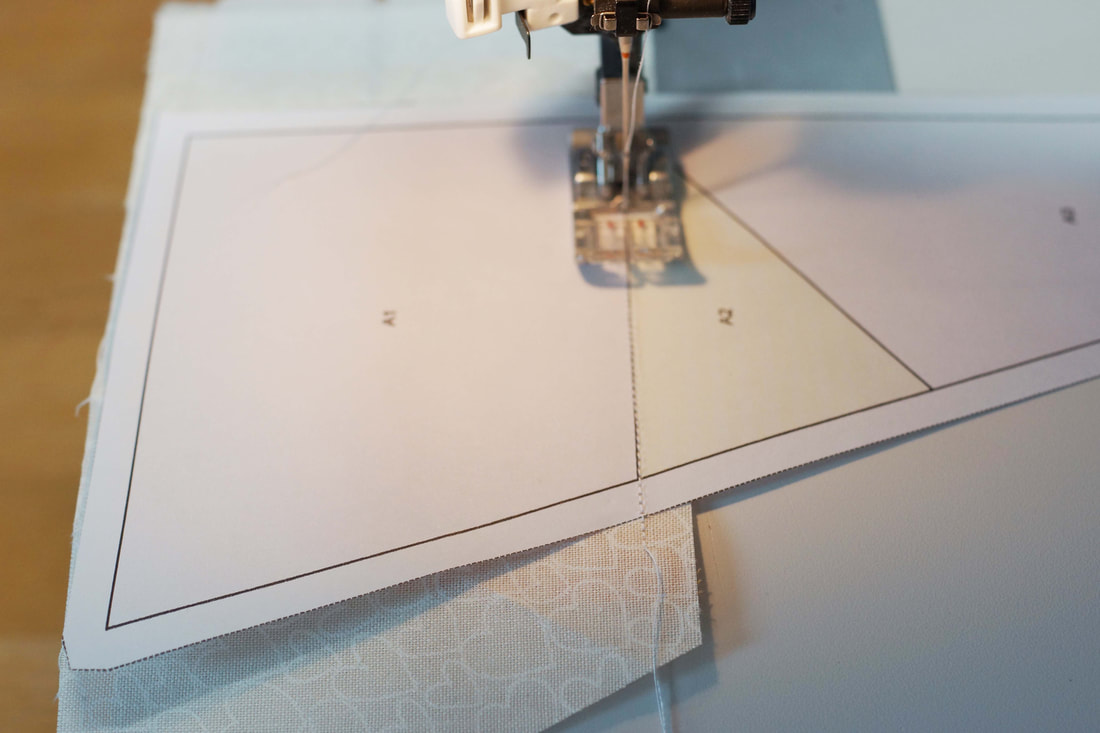
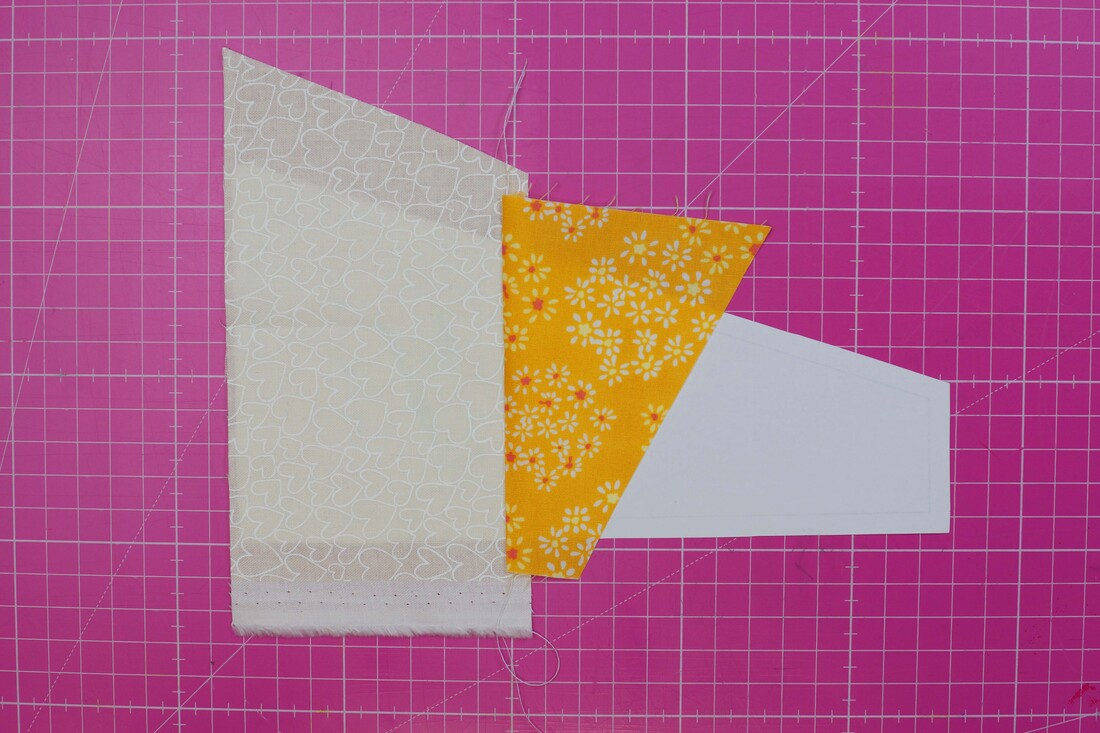
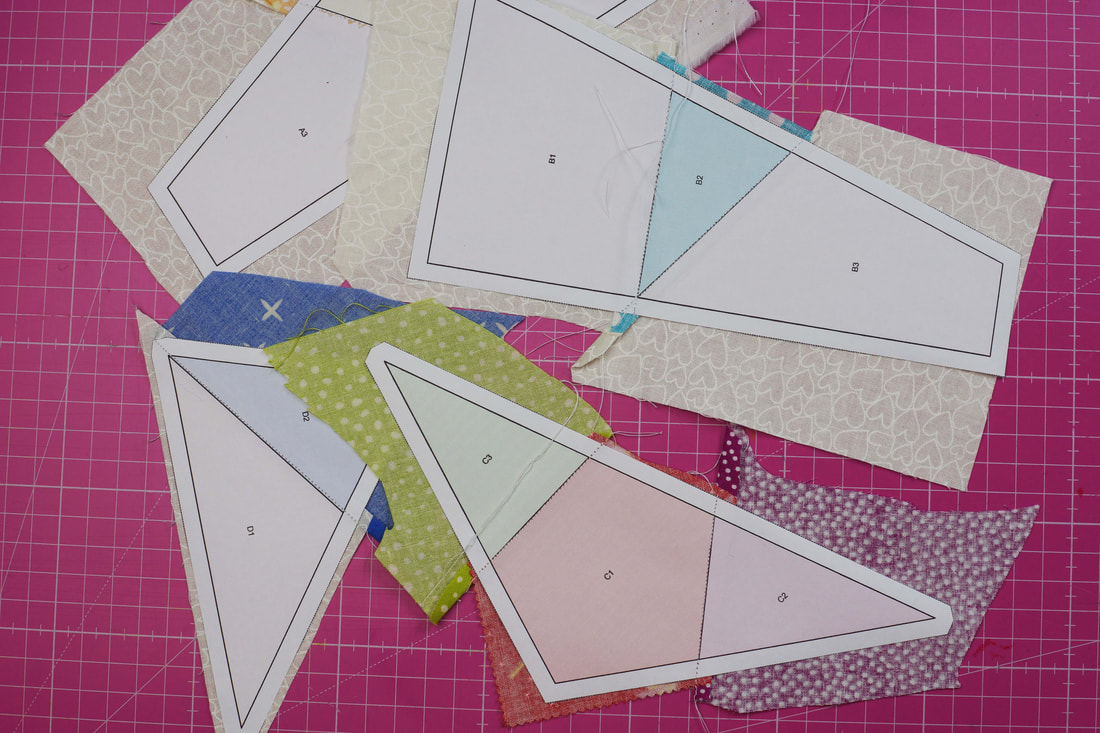
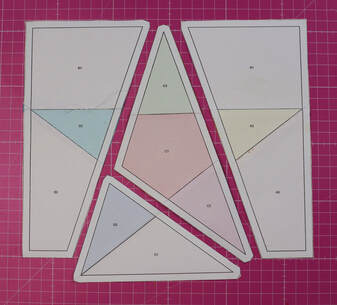
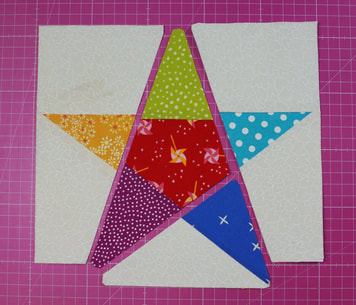
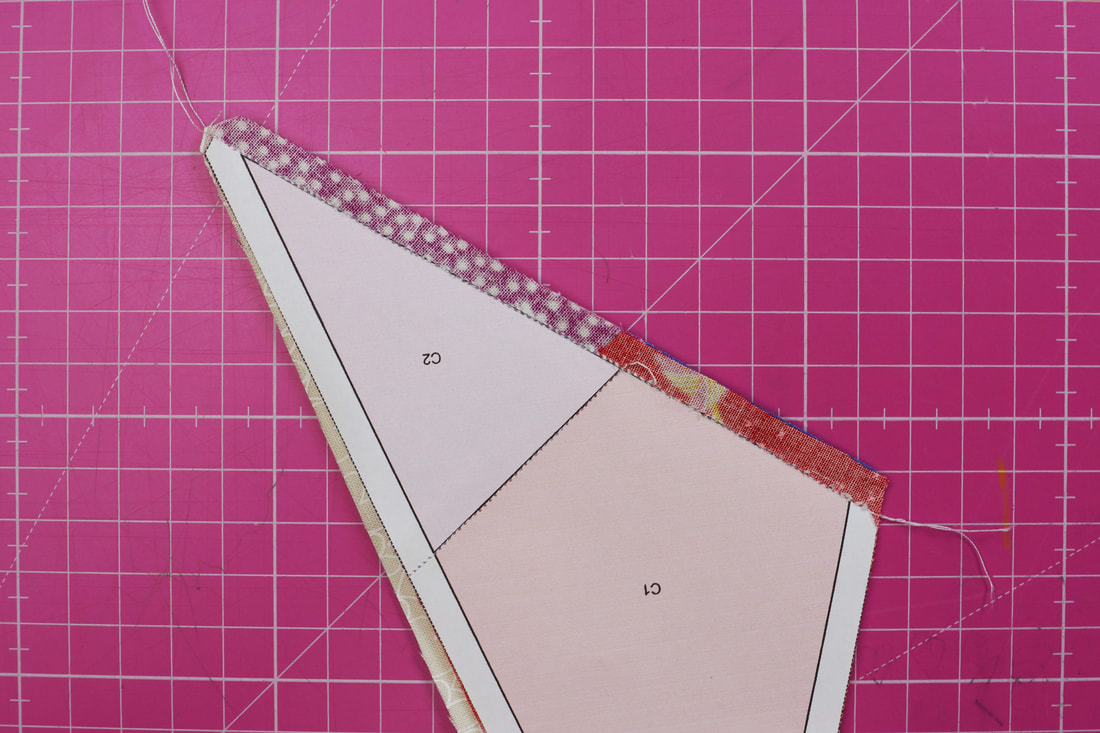
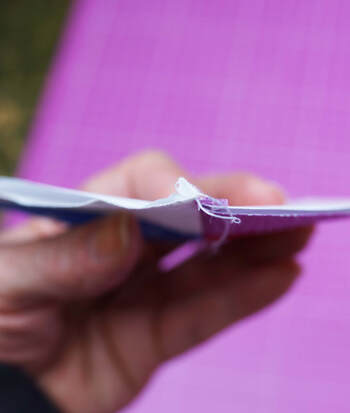
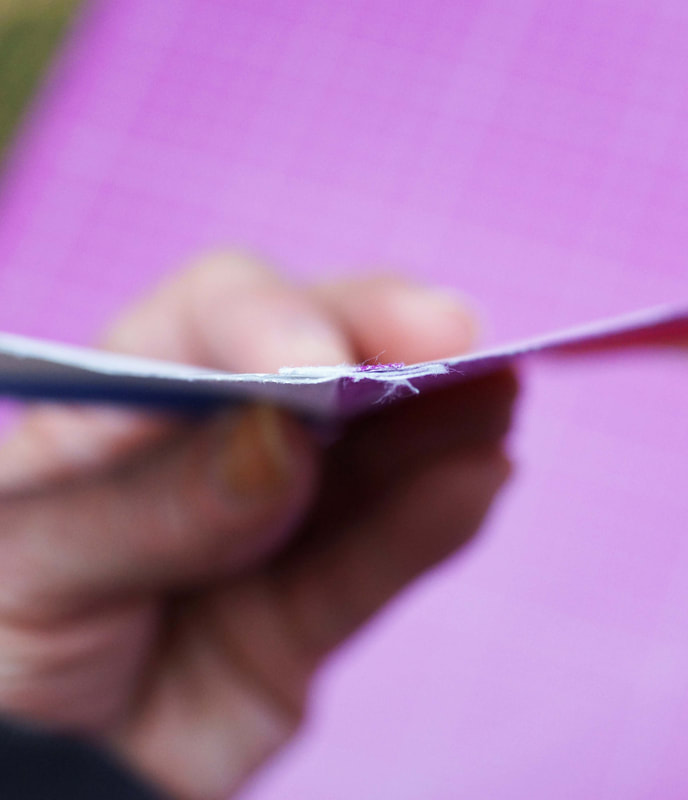
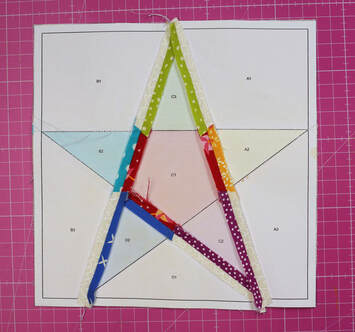
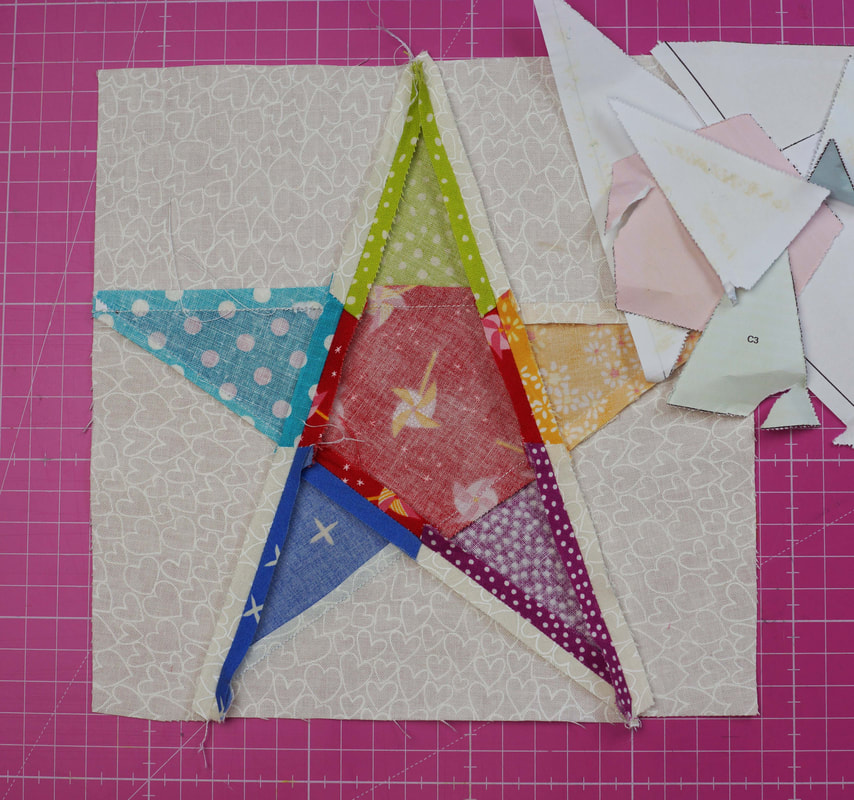
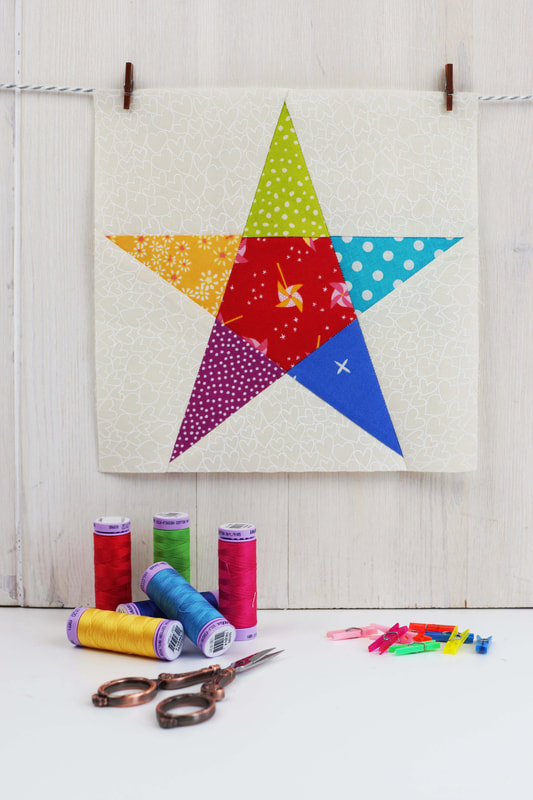
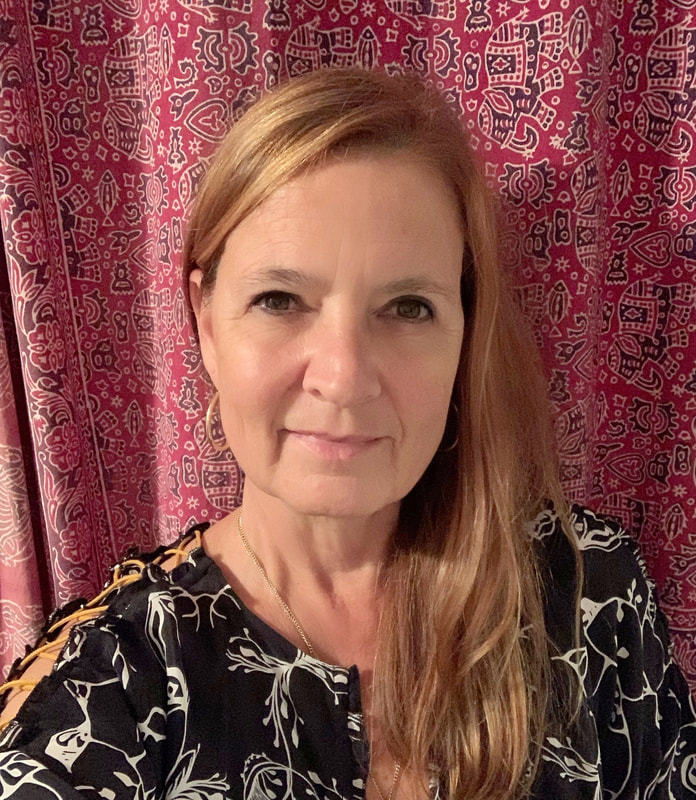
 RSS Feed
RSS Feed
